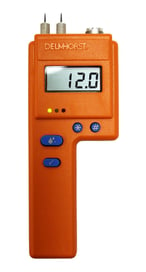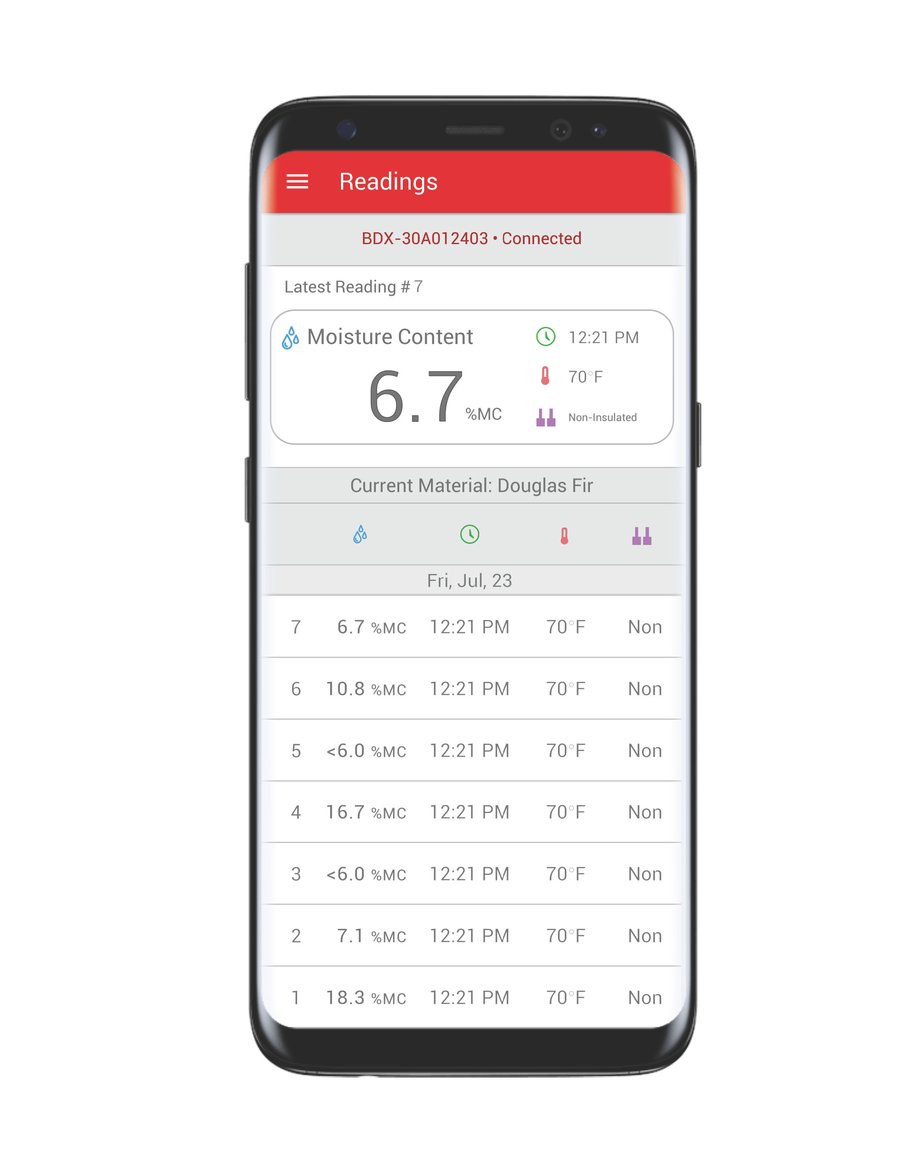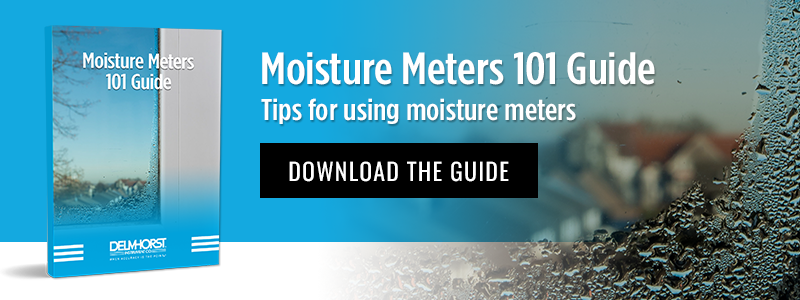Undeniable Proof that You Need a Moisture Meter for Your Drywall

Here’s a nightmare scenario for homeowners: a slow leak starts in a pipe behind the walls of your home. Each day, a gallon or two of water drips out of the pipe and starts to seep into the insulation, drywall, and other building materials of the home.
Why is this a big issue?
If the water leak described above goes undetected and untreated for long enough, it can result in catastrophic damage to the house.
How catastrophic?
In a worst-case scenario, the moisture seeping into the walls of the structure can cause many different problems, including:
- Mold growth
- Insect infestations
- Weakened structural supports
- Electrical shorts (if water makes contact with wiring)
The longer a leak goes undetected, the worse the damage will be. Drywall, in particular, is especially sensitive to moisture intrusion.
Unfortunately, the above scenario is all too likely. As noted by the EPA, “Ten percent of homes have leaks that waste 90 gallons or more per day.”
Gypsum boards (a.k.a. drywall) have an extremely low tolerance for moisture—more than 1% moisture content, and you’re running the risk of mold growth.
Early Detection and Prevention
 The National Institutes of Health (NIH) have a guideline concerning mold growth prevention, which is “to reduce or eliminate excess moisture in less than 48 hours as a means to prevent mold growth.”
The National Institutes of Health (NIH) have a guideline concerning mold growth prevention, which is “to reduce or eliminate excess moisture in less than 48 hours as a means to prevent mold growth.”
While geared towards businesses, the reasoning behind the guideline applies to any building, not just business offices.
In many cases, it’s difficult to be sure if a given piece of drywall is moisture-compromised or not. Severe cases, where the %MC is well beyond the level where water will start to break the drywall down can be easy to spot from severe discoloration, but what about when the moisture content percentage is just one or two points too high?
Without some kind of specialized moisture-sensing tool, it’s going to be hard to be sure if that drywall is moisture-compromised or not—at least, not until it’s too late and you start smelling that musty mold odor coming from the walls.
This is where drywall moisture meters are a must. With a moisture meter for drywall, checking the %MC of your drywall is as easy as the push of a button.
Simply push the meter’s pins into the drywall, push the “read” button, and you’ll have a quantifiable assessment of the drywall. This can help you detect moisture in drywall early when you’re not quite sure if it’s compromised or not.
Minimizing Damage if Drywall is Compromised
Say that the worst happens and it’s been more than a couple of days since the leak occurred. You can smell the musty odor of growing mold, and you KNOW the drywall has to go.
Here, having a drywall moisture meter can help you minimize how much drywall you have to cut out and destroy to save your home from mold growth.
If you have moisture-compromised drywall that is growing mold, best practices recommend removing a buffer of roughly 12” (1 foot) of drywall around the outer edge of the compromised area.
With a drywall moisture meter, you can test your drywall for moisture and accurately detect just how large the moisture-compromised area is. This lets you know if you have to tear out the entire wall, or just a couple of feet of it.
Having this information can help you save time and money by reducing the amount of drywall you have to tear out and replace. Additionally, moisture meters help you make sure that ALL the compromised drywall is found so you can remove it, preventing future problems.
As a tool, drywall moisture meters are indispensable for helping reduce the damage caused by moisture intrusion—whether by enabling early detection or by accurately assessing the extent of the intrusion.
Subscribe to Our Blog
Post Related

Moisture Content
Moisture Meter
moisture meters
pinless moisture meters
Delmhorst
lumber industry
lumber
Moisture content in lumber
moisture levels
pin-type moisture meters
woodworking
Your Guide to Choosing the Best Moisture Meter for Your Woodworking and Lumber Applications


